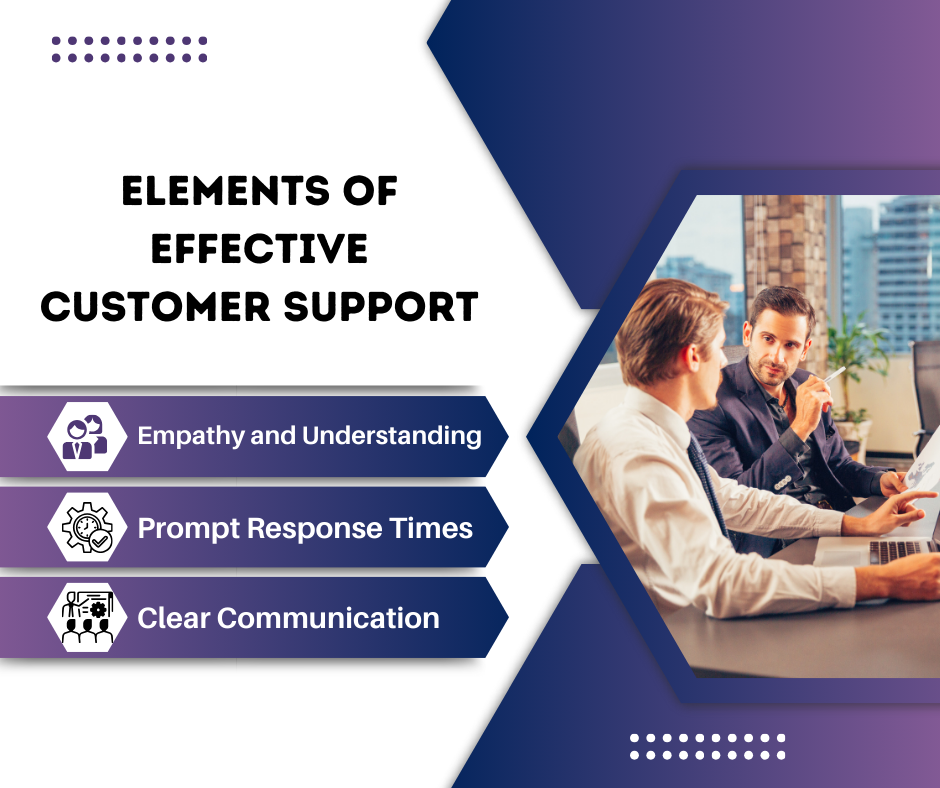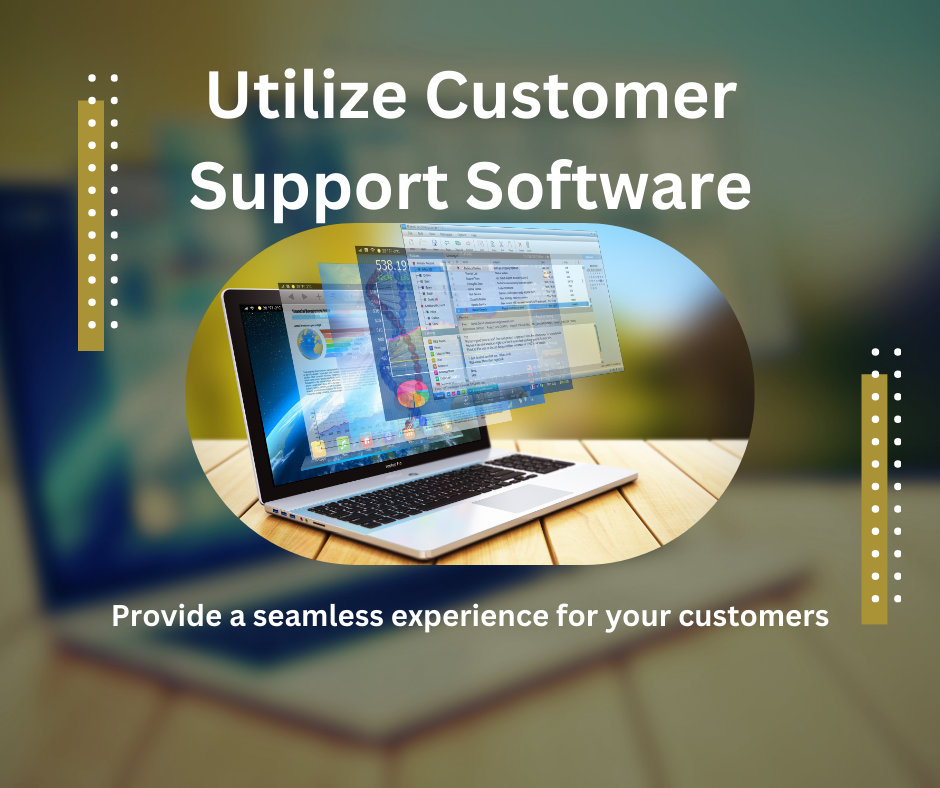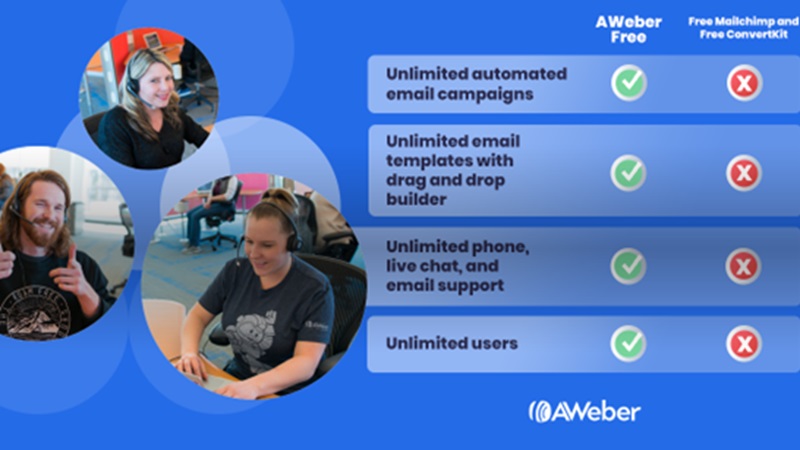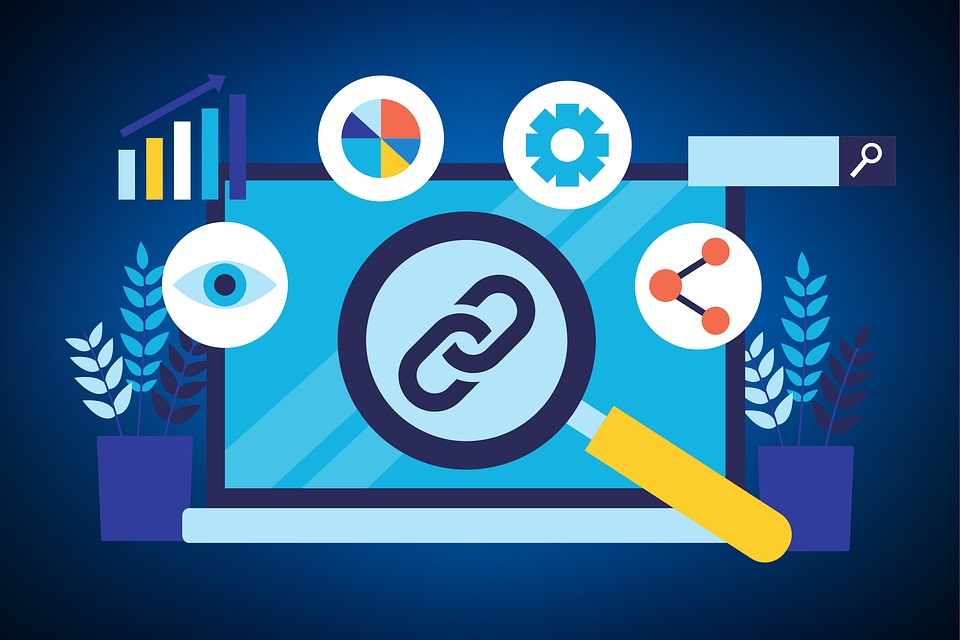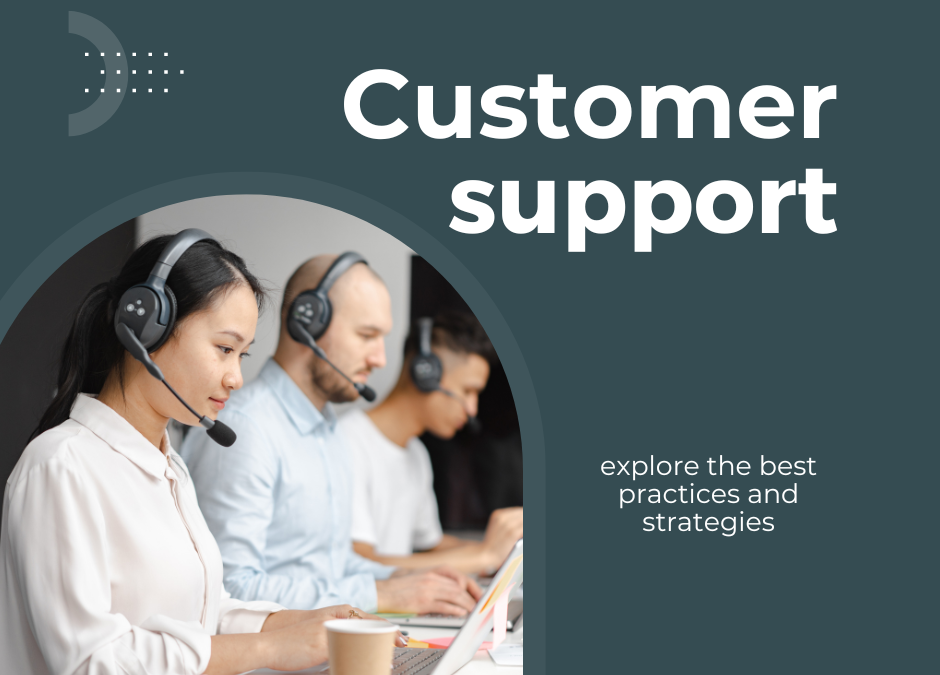
How To Provide Top Customer Support With This Ultimate Guide
Customer support is the backbone of any successful business. It’s not just about resolving issues; it’s about building relationships and fostering loyalty. In this ultimate guide, we’ll explore the best practices and strategies to deliver top-notch customer support that keeps your customers coming back for more.
Understanding the Importance of Customer Support
Customer support is more than just solving problems; it’s about creating positive experiences that turn customers into loyal advocates for your brand. Research shows that customers are willing to pay more for a product or service if they know they’ll receive excellent support when needed.
Critical Elements of Effective Customer Support
- Empathy and Understanding: Empathy is the cornerstone of great customer support. Putting yourself in the customer’s shoes allows you to better understand their frustrations and concerns.
- Prompt Response Times: Customers expect quick resolutions to their issues in today’s fast-paced world. Responding promptly shows that you value their time and are committed to resolving their problems.
- Clear Communication: Effective communication is essential for delivering excellent customer support. Use clear and concise language, and avoid jargon or technical terms the customer may not understand.
Implementing Top Customer Support Strategies
Providing top customer support requires a combination of the right tools, processes, and people. Here’s how you can implement strategies to consistently ensure your support team delivers exceptional service.
Utilize Customer Support Software
Invest in customer support software that streamlines communication, tracks customer interactions, and provides valuable insights into customer behavior and preferences. Tools like Zendesk, Freshdesk, or Intercom can help you manage support tickets efficiently and provide a seamless experience for your customers.
Train and Empower Your Support Team
Empower your support team with the knowledge, skills, and resources they need to excel in their roles. Provide comprehensive training on product knowledge, communication techniques, and problem-solving strategies. Encourage autonomy and empower agents to make decisions that prioritize customer satisfaction.
Foster a Culture of Continuous Improvement
Encourage feedback from both customers and support agents to identify areas for improvement. Regularly review support processes and metrics to identify trends, bottlenecks, and opportunities for optimization. Invest in ongoing training and development to ensure your support team stays up-to-date with the latest tools and techniques.
Going Above and Beyond for Your Customers
Providing top customer support isn’t just about meeting expectations; it’s about exceeding them. Here are some additional strategies you can implement to delight your customers and differentiate your brand from the competition.
Personalize the Experience
Take the time to understand your customers’ unique needs and preferences and tailor your support interactions accordingly. Use customer data to personalize communication, recommend relevant products or services, and anticipate future needs.
Anticipate and Proactively Address Issues
Stay ahead of potential issues by monitoring customer feedback, analyzing support ticket trends, and proactively reaching out to customers before problems escalate. Anticipating and addressing issues before they arise shows your customers that you’re proactive and committed to their success.
Provide Multichannel Support Options
Offer multiple channels for customers to reach out for support, including phone, email, live chat, and social media. Ensure consistency across all channels and provide seamless transitions between channels to deliver a frictionless support experience.
Conclusion:
How To Provide Top Customer Support with This Ultimate Guide
Delivering top customer support requires a combination of empathy, effective communication, and a commitment to continuous improvement. By understanding the importance of customer support, implementing top strategies, and going above and beyond for your customers, you can create positive experiences that drive loyalty and advocacy for your brand.
Remember, providing top customer support isn’t just about solving problems; it’s about building relationships and fostering loyalty that lasts a lifetime.
Start providing top customer support today and watch your business thrive!
Additional Resources:

